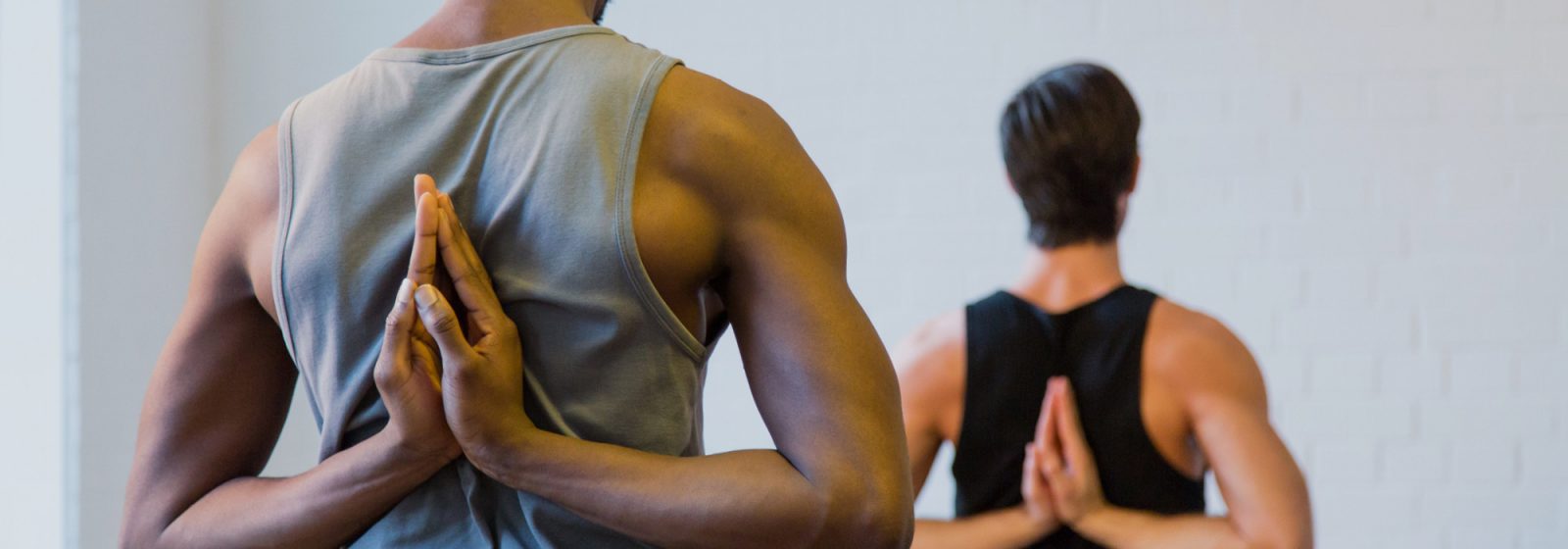One of the most common pathologies that women can suffer from is urinary incontinence and this is due to the weakening of the pelvic floor this can occur due to vaginal delivery, obesity or age. There are two types of urinary incontinence: stress incontinence and urge incontinence. The former happens when the pressure in the bladder is greater than the strength of the urethra. This can be due to a weak pelvic floor or damage to the urethra sphincter. The latter happens when there has been over usage of the detrusor muscle. Detrusor is a muscle that relaxes when the bladder has to fill and contract when the urine is emptied. Sometimes the muscles contract too much which then causes the necessity to empty the bladder more frequently.
It is estimated that over three million people in UK are affected by pelvic floor dysfunction y in a variety of ways. It is therefore important to consider preventative methods to avoid or aid a good recovery from pelvic floor dysfunction. Certain exercises can assist with preventing pelvic floor dysfunction and it is not just women that can benefit from these methods, men can also reap the rewards from these exercises which have proven to assist with increases in athletic performance, improvement in breathing, posture and balance.
“Hypopressive exercise”
This exercise is based on muscle strengthening, particularly of the abdominal muscles but without increasing the pressure on the pelvic floor and in turn not causing any damage to it.
The abdominals are used in medical prescriptions, to strengthen the lumbar-pelvic girdle and prevent problems from back pain or disc problems and weakness of the muscles. By using the abdominals, an increase in intra-abdominal pressure is caused which then pushes on the organs and internal structures. This then affects the appearance of secondary pathologies such as prolapsed or pelvic floor weakness. The hypopressives are good exercises for toning abdominal and lumbo pelvic muscles without causing negative effects on the pelvic floor muscles and internal organs.
Good posture plays a very important part in hypopresive exercises in order for them to be implemented correctly. Furthermore, in order to complete these exercises to maximum affect respiration rhythm must be focused on and there are three important things to do to ensure this; bring the navel inward, open the costal arch and the clavicles slit trenches.
For the preparation of this exercise, the muscles in the back require tension which causes axial elongation and stretching of the spine. In order to achieve this, the following actions must be fulfilled:
- The chin must be tucked in, causing tension in the muscles of the back of the neck, pulling the cervical spine.
- Placing the hand on the waist and causing activation of serrate
- Costal breathing
- Expiratory apnea (holding the breath): letting all of the air out and keeping the apnea between 10 and 25 seconds.
It is important to be under the supervision of a professional when first attempting this type of exercise so that further damage is not caused. Once the correct methods have been achieved many benefits can be seen, such as; reduction of the waist perimeter, toning of the pelvic and abdominal muscles, improvement to posture, avoidance and prevention of urinary incontinence. The exercises can also assist with decreasing back pain, reducing the pressure between the vertebrae, improving sexual function, athletic performance and hernia prevention.
Ideally these exercises should be used as a preventative method for avoidance of pelvic floor dysfunction in order to stop the problem before it arises, this is not always possible and therefore they can also be used in the recover phase. It can be concluded that due to the many benefits from hypopressive exercise, this is the best method for avoiding and preventing pelvic dysfunction in order to achieve maximum results without causing further damage.





